How & Where in the World to Volunteer in Disaster Relief
Let's take a look at commonly affected places and where volunteer projects can help to make all the difference to the community.
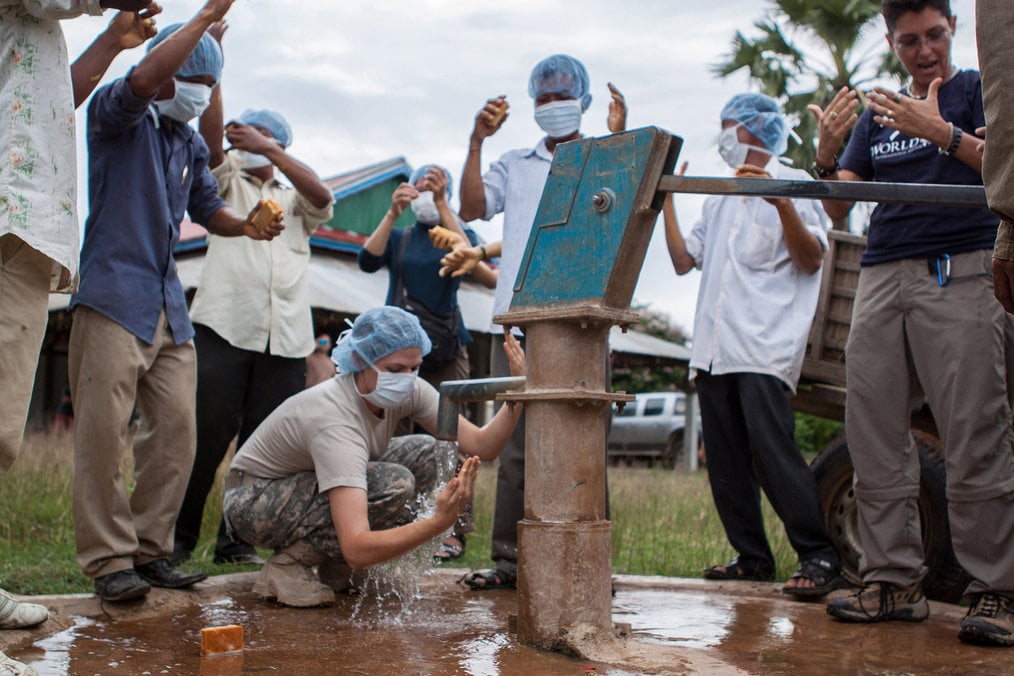
If you ever want to know how much of a difference one person can make to the world, become a disaster relief volunteer. By donating your time and your energy to helping the most vulnerable people and communities get back up on their feet after a disaster has destroyed their home and their livelihood, you can see how easy it is to change someone’s life for the better, and how many hands make the work lighter.
Natural disasters such as earthquakes, typhoons, and flooding often happen without warning and can have devastating effects. But, whilst it is all but impossible to predict some natural disasters, scientists have been able to analyze data patterns and history to help us to identify which areas are most at risk.
We tend to make assumptions about the places most likely to be affected by natural disasters; focusing on those with developing economies, dense populations, and inexpensive, low-quality buildings, like Indonesia, The Philippines, and Nepal, but comparatively wealthy countries such as the U.S.A. can also fall victim to natural disasters. In the United States alone, hurricanes, flooding, and wildfires are especially destructive, and disaster relief volunteers are still an essential part of the rebuild and recovery programs.
Working as a disaster relief volunteer in Nepal exactly one year after the 2015 earthquake devastated the country was one of the most eye-opening and rewarding experiences I have ever had. We went out to remote communities where the majority of the population were still living in temporary accommodation and tents and basic facilities and amenities were still lacking. I was blown away by how enthusiastic and hardworking the volunteers were, and how we could all work together to build schools and houses, demolish damaged buildings, fix roofs, and do little jobs to make it a little bit easier for the community to get by.
Just like my experience in Nepal, the majority of disaster relief projects last for several years and go through different stages, from ensuring everyone has basic supplies and medical treatment, to salvage and building temporary homes and then onto making schools and investing in community projects. We take a look at the most common disasters and where volunteer projects can help to make all the difference.
Different Types of Disaster Relief Volunteer Work:
Click the links above to jump to each section of volunteering locations and learn more about the types of disaster relief work you'll do in each.
Hurricane & Typhoon Disaster Relief Volunteering

Helping in the aftermath of a tropical cyclone is probably the most common form of disaster relief volunteering. Tropical cyclones, also known as hurricanes, typhoons, and even tropical storms, are one of the most common natural disasters. They can be especially devastating to land and property in low-lying coastal areas and islands, cause power failures and flooding, affect agriculture and have a long-lasting impact on the local economy.
Hurricanes and typhoons can strike almost anywhere in the world with a coast, though they are most common nearer the equator.
Some of the most destructive tropical cyclones on record have been in Bangladesh, Pakistan, and India, along with China and the Philippines, the USA, the Caribbean, and Central America. They are also relatively common on Africa’s eastern coast, Australia, Southeast Asia, and the South Pacific islands, although these tend not to be as catastrophic.
After a cyclone hits, it can take a long time for the community to get back on their feet, especially on the island nations where there can be a lack of resources to help with rebuilding efforts. Volunteers can help a lot by providing short and long-term shelter and sanitation facilities, providing food, drinking water, and medical assistance, and helping to rebuild the infrastructure. There are still many long-term disaster relief projects supporting the Philippines after Typhoon Haiyan, Fiji and Vanuatu after 2016’s Cyclone Winston, and 2017’s Harvey, Irma, and Maria in the States and the Caribbean.
Read more about volunteering in hurricane disaster relief in our recent article.
Tornado Disaster Relief Volunteering
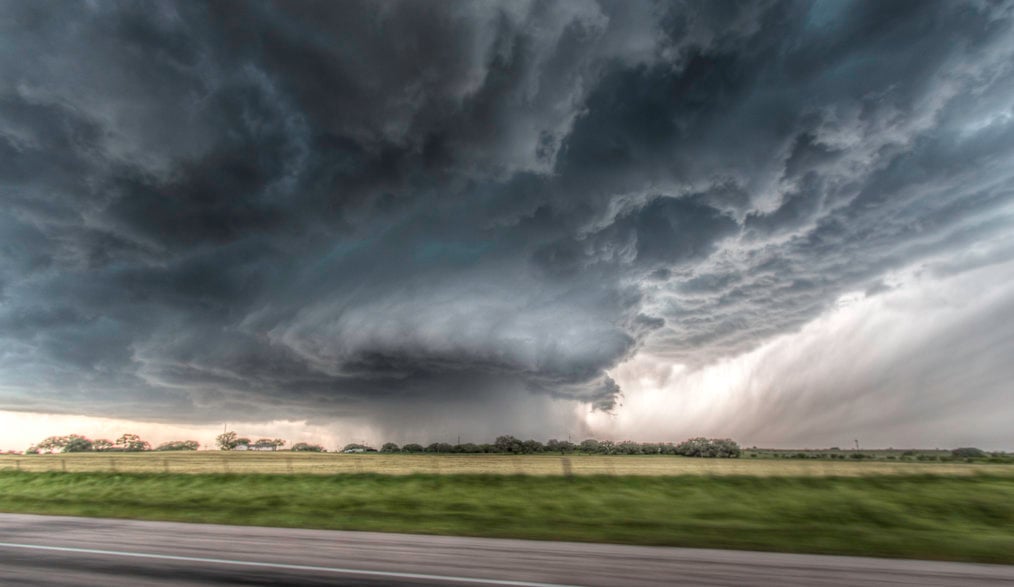
Tornadoes, also known as twisters, cyclones, and whirlwinds, are particularly common in the United States, especially through the aptly named ‘Tornado Alley’, which extends up into Canada and down into northeastern Mexico. They are also occasionally found in Bangladesh and parts of Asia, South Africa, Europe, Australia, and New Zealand. The high winds and stormy conditions associated with tornadoes cause the majority of the damage, including flash flooding and hailstones.
Tornadoes, while not as common as their water-based cyclone cousins, can occur in most inland regions of the world.
There are over 1,200 tornadoes in the States every year, which is more than everywhere else put together. When the weather conditions are right, there can be large outbreaks of tornadoes, which can travel across the country through multiple states, leaving a trail of devastation in their wake. Disaster relief volunteers focus on salvage operations and debris removal, clearing trees, and repairing homes.
Flooding Disaster Relief Volunteering
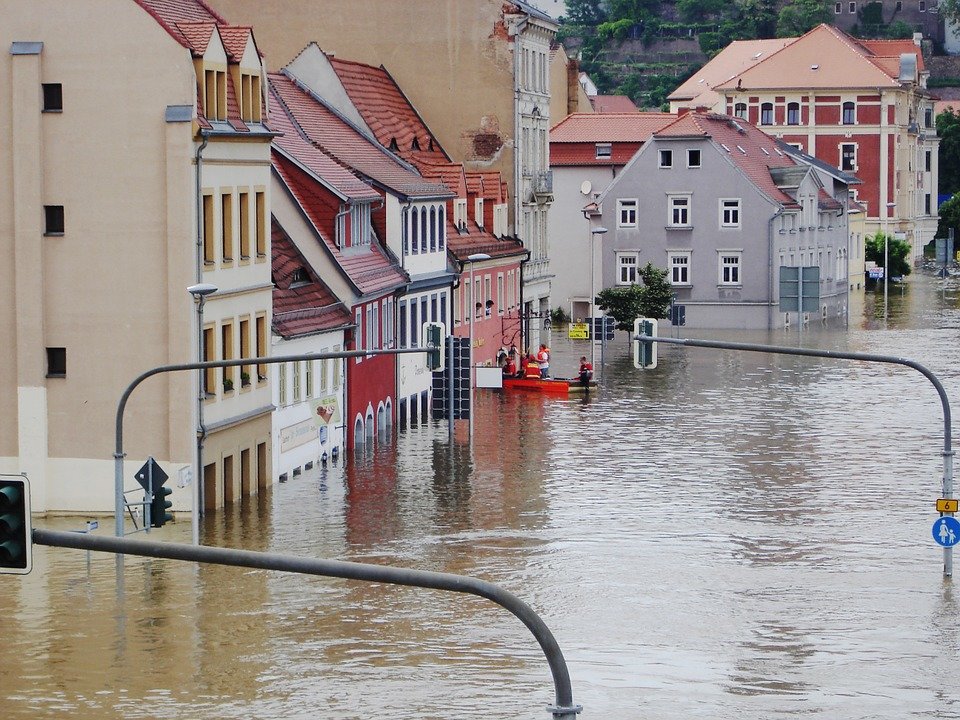
Flooding is another one of the world’s most common natural disasters and can be one of the least predictable and most destructive. There are many different triggers for flooding, including heavy rainfall, seasonal weather like monsoons or snowmelt, landslides, storm surges, tsunamis, earthquakes, and human impacts such as dams, deforestation, and urban development. Flood waters can cause damage to buildings and property, roads, bridges, and infrastructure, and result in the spread of disease.
Flooding can occur almost anywhere on earth -- especially in places where rain comes quickly and suddenly in certain seasons of the year.
The majority of the world’s most deadly floods have been in South and Southeast Asia, where the annual monsoon rains can cause widespread destruction. China, India, Bangladesh, Nepal, Pakistan, Japan, Vietnam, the Philippines and other south and southeast Asian nations are especially at risk from seasonal flooding. There has also been an increase in flooding in Africa, the US, and Central and South America, with high-risk areas in Peru, Brazil, Colombia, Mexico, and El Salvador.
Volunteer efforts after a flood include salvage and clean-up operations, construction of temporary and long-term homes and schools, medical assistance and community outreach programs. In recent years there have been big volunteer projects in the United States and Peru after the 2017 floods and landslides.
Earthquake Disaster Relief Volunteering

There are estimated to be over 500,000 earthquakes every single year, although the majority of them are so slight we barely even notice. Out of this 500,000, approximately 20 are major earthquakes -- and one is catastrophic, measuring at over 8.0 on the Richter scale.
These major earthquakes can also cause landslides, tsunamis, volcanic activity, floods, and fires, resulting in even greater loss of life and property. In fact, a huge offshore earthquake just north of Indonesia triggered the 2004 Indian Ocean tsunami, which is seen by many as the beginning of the disaster relief volunteer movement, prompting a massive humanitarian response and resulting in the creation of some of the big NGOs that are first on the scene when there is a major disaster today.
The majority of earthquake activity occurs around the Pacific Ocean and along fault lines which spread out from the gigantic Pacific tectonic plate.
The majority of all seismic activity occurs along a 25,000-mile fault line known as the Pacific Ring of Fire. This fault line runs all the way from New Zealand and the South Pacific through Indonesia, the Philippines, and Japan, and then down through western Canada and the US, through Central America and down to southern Chile. Over 80% of major earthquakes are found along this line, with the rest centered along the Alpide Belt, which goes from Indonesia to the Himalayas and Southern Europe, affecting Nepal, Bangladesh, India, Pakistan, Iran, Greece, and Italy, amongst others.
Whilst we tend to only see a couple of really devastating earthquakes every year, most earthquake disaster relief volunteer projects tend to last for several years in order to help the local communities recover as much as possible. Nepal is a great example of this. There are still a lot of great organizations working tirelessly to help improve the lives of everyone affected by the 2015 earthquake.There are also ongoing projects in Mexico, and disaster relief teams on call for high-risk countries like Indonesia and the Philippines where the local communities are most likely to need our help should disaster happen to strike there again.
Tsunami Disaster Relief Volunteering
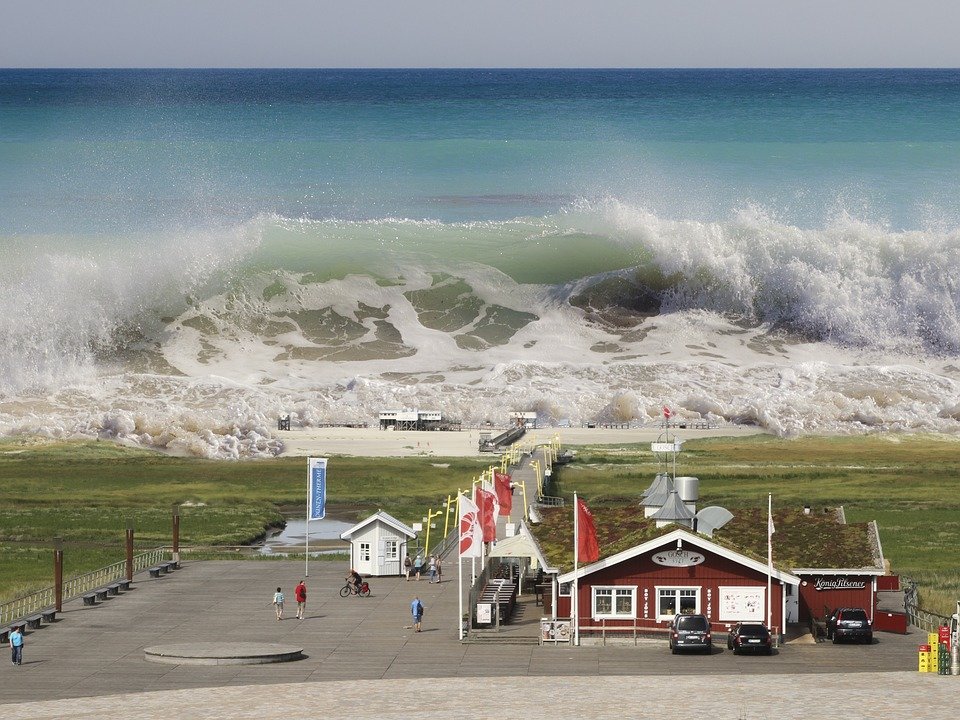
Tsunamis are not as common as other natural disasters, but their effects can be just as destructive. The Indian Ocean tsunami was responsible for the deaths of over 230,000 people, while the Japanese tsunami in 2011 killed nearly 16,000. The majority of tsunamis occur in Japan, Indonesia, and the Indian Ocean, but they can also affect the Mediterranean, Hawaii, Alaska, Canada, Chile, or even inland when dams burst and landslides or avalanches displace water in large lakes.
While less common than other natural disasters, Tsunamis can occur in any large body of water -- and are one of the most rapidly devastating and hard-to-predict natural disasters.
Volunteer opportunities for tsunami disaster relief efforts include clean up and salvage operations, medical assistance, assistance with distribution of food, drinking water, and medication, and record keeping, along with the rebuilding of facilities and schools.
Although the world has not seen a tsunami like that of 2004 in many years, it always helps to be prepared and technological advancements and early warning systems help to ensure as many people are evacuated to higher land as possible. However, the destruction of property, buildings, and agricultural land can still have devastating effects and the assistance of international volunteer organizations is always welcomed.
Volcano Disaster Relief Volunteering
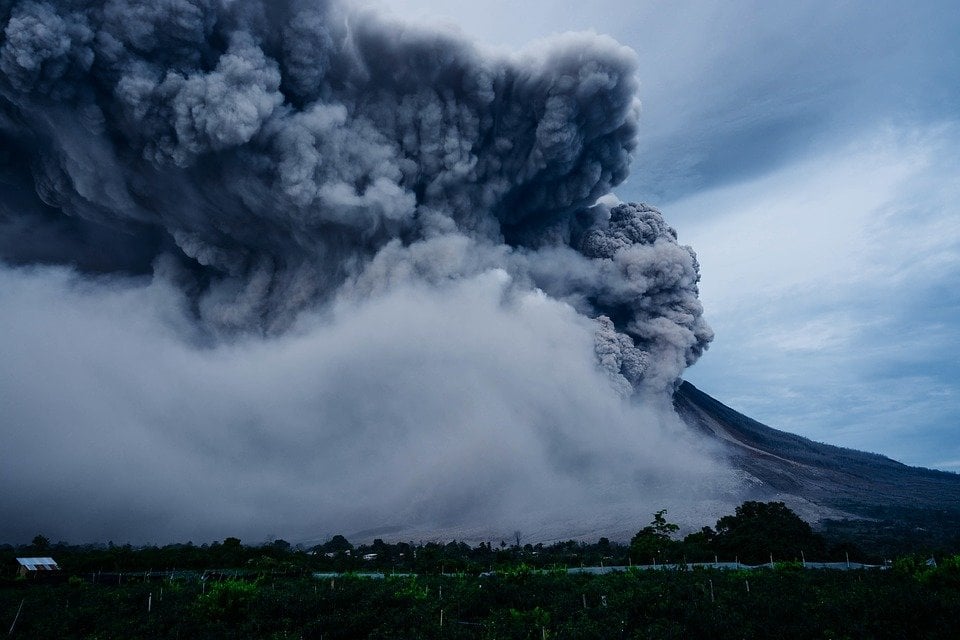
Volcanic eruptions are one of nature’s most majestic and terrifying events. Their effects can be wide-ranging and often felt all around the world, from grounded flights due to ash in the air to a global drop in temperature. There are many different types of volcano and eruption, including supervolcanoes, which erupt every 50,000-100,000 years, or volcanoes like Kīlauea in Hawaii or Etna and Stromboli in Italy, which have been almost constantly erupting for over a century.
Whilst the likelihood of a supervolcano eruption is low, there are many smaller volcanoes which have been deemed high risk and are constantly monitored. These include volcanoes in Russia, Mexico, Colombia, Hawaii, Italy, Indonesia, the Democratic Republic of the Congo, the US, Japan, Guatemala, Greece, the Philippines, Spain, and Papua New Guinea. Improvements in technology have been able to help monitor and predict volcanic eruptions, but in densely populated areas there is still a high risk to people and property.
Most volcanic activity is well-understood and predictable, but volcanoes can still cause widespread damage and disruptions anywhere in the world.
Volcano disaster relief volunteering programs focus a lot on evacuation and providing short and long-term shelter and amenities for those who are displaced due to the risk of volcanic eruption. In certain countries like Papua New Guinea where a sizeable population is at risk from volcanic activity, there are long-term resettlement plans where aid organizations are helping to relocate local communities and minimize the risk of disaster as much as possible.
Natural disasters are an inevitable fact of life for a lot of people. Terrifying, unpredictable and devastating, their effects can be felt for years and even decades afterward. Aid organizations, NGOs, and volunteer programs are an integral part of the recovery process, and volunteer projects are one of the best ways that we can help. Whether you can give your time and effort, donate food and essentials or help financially, it’s the generosity and support of the international and local community that makes the biggest difference to helping local people get back up on their feet following a disaster.
For those looking for a rewarding and in-depth travel experience, volunteering on disaster relief projects is an amazing way to immerse yourself in a new culture, gain new skills and meet interesting people from across the world. Working with a volunteer organization gives you a support network that takes the fear out of traveling to the unknown, whilst giving you a completely unique and incredibly rewarding vacation. Whether you are interested in volunteering on a specific natural disaster or working in a specific destination, there are plenty of great volunteer organizations out there.
